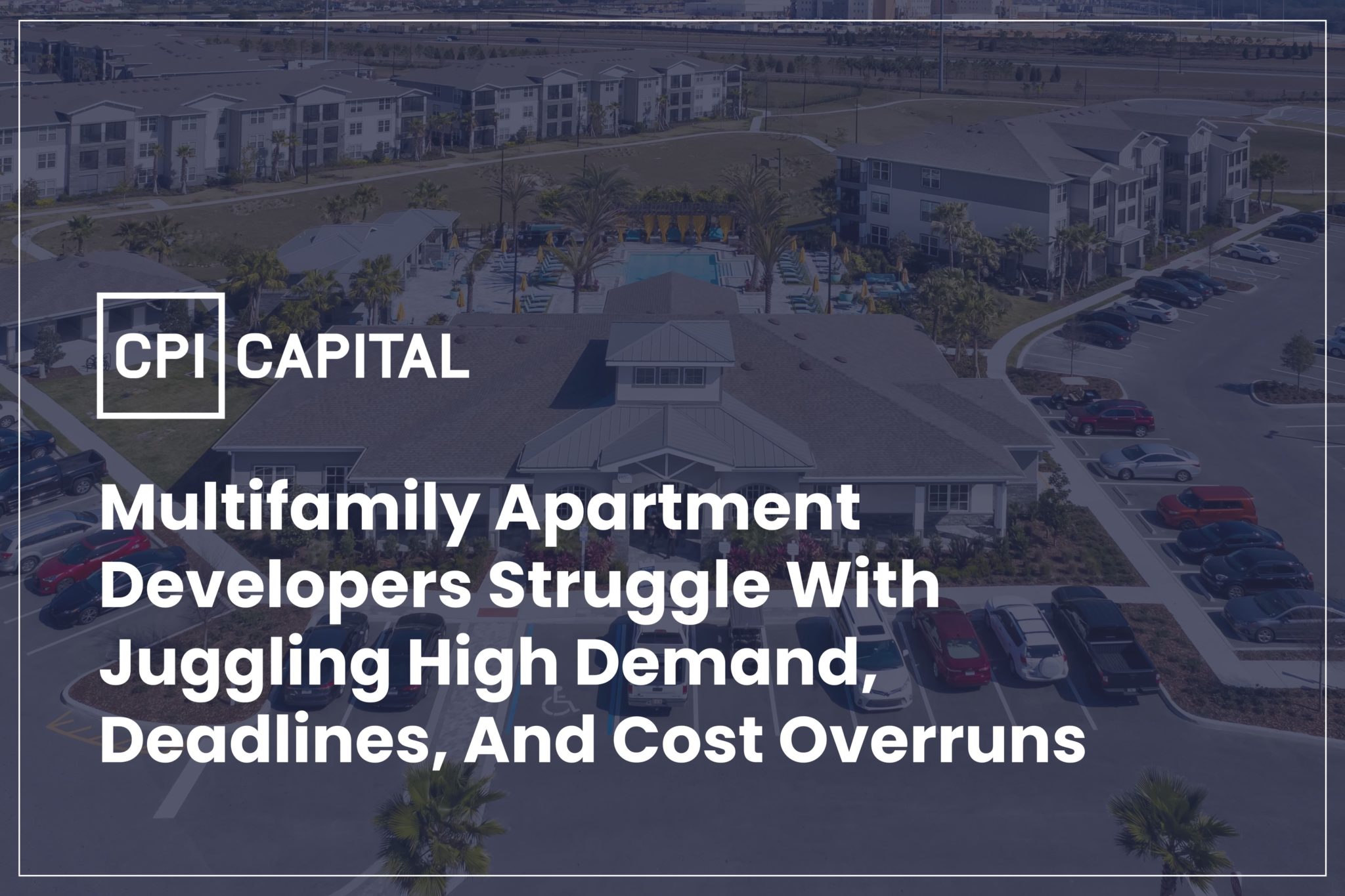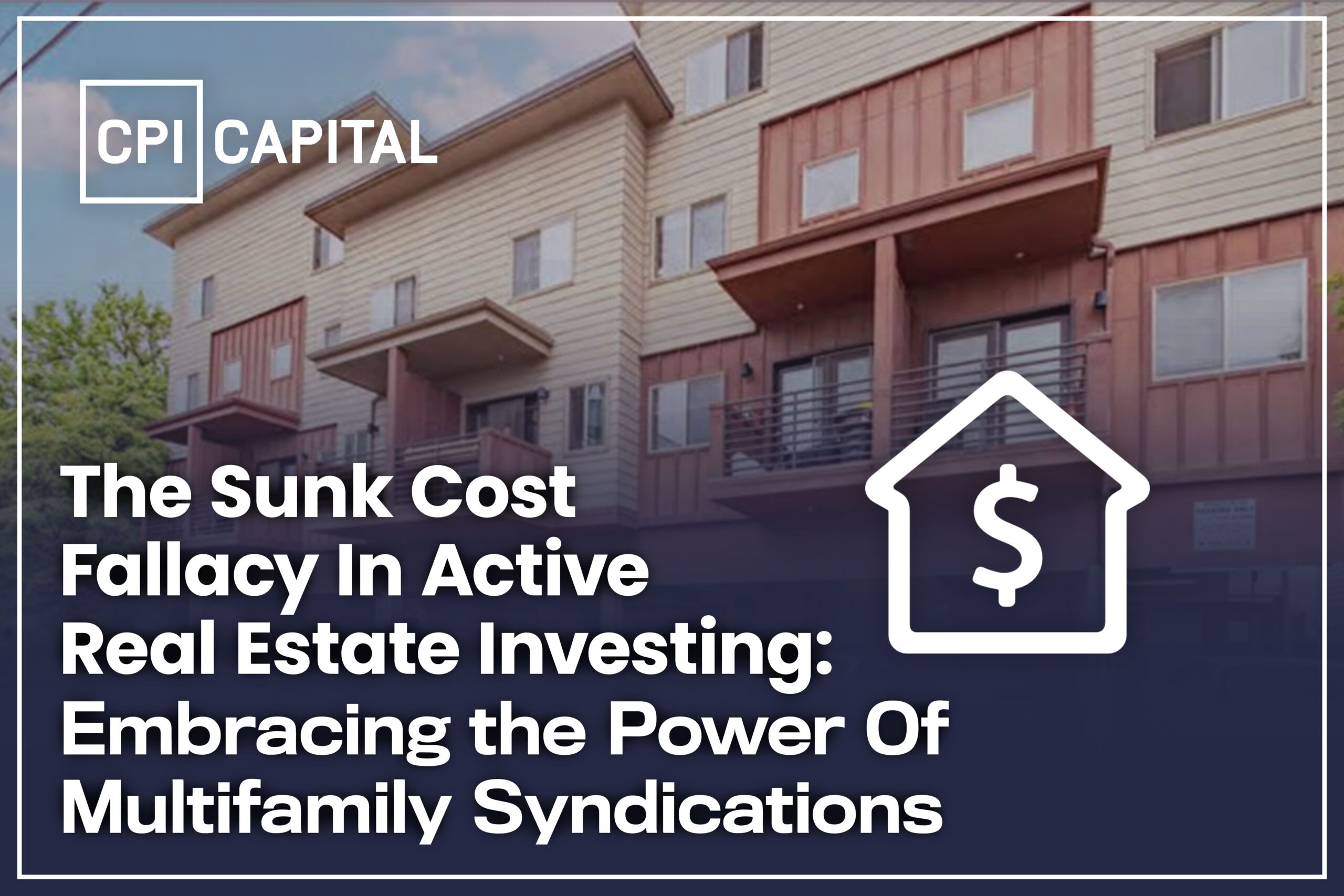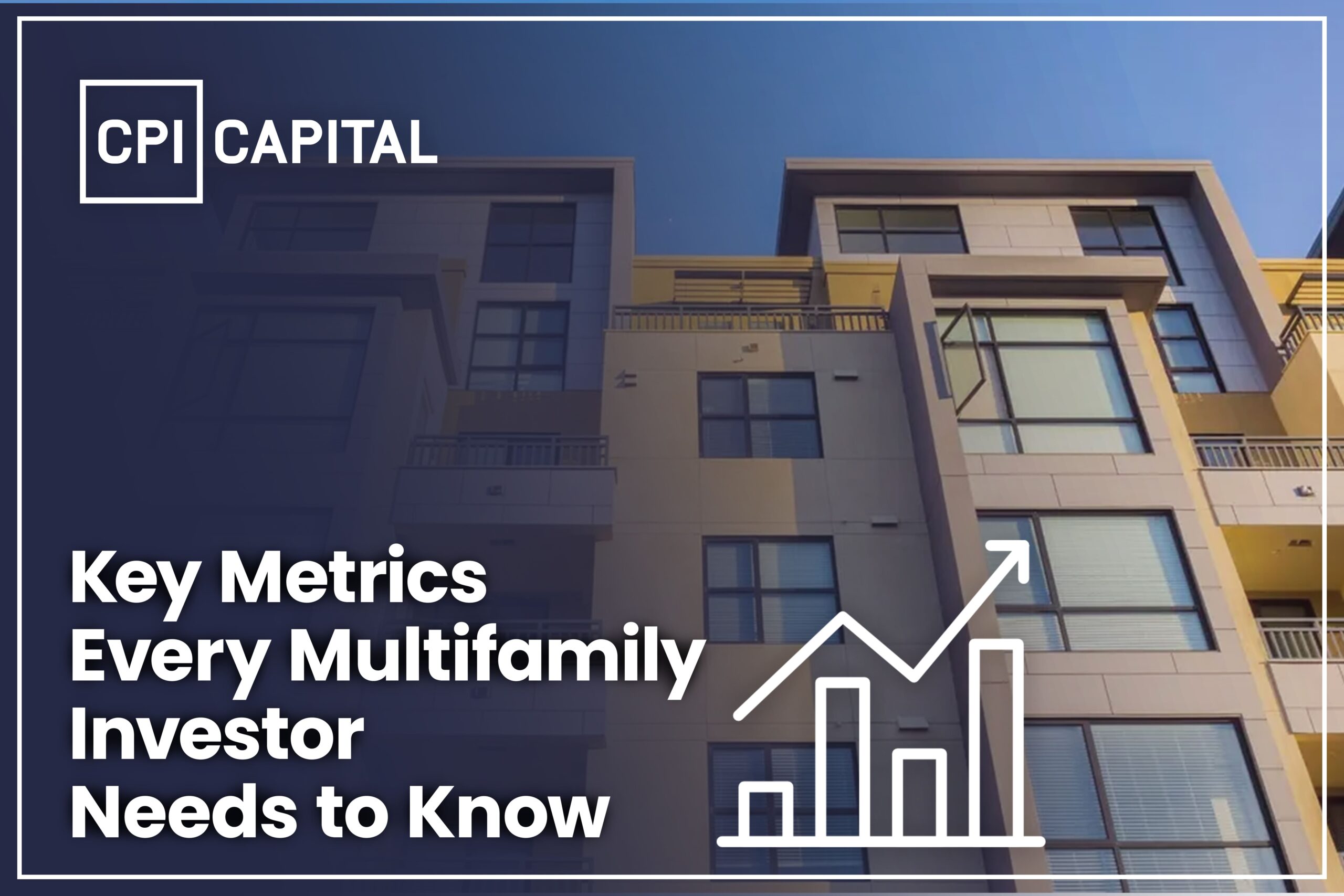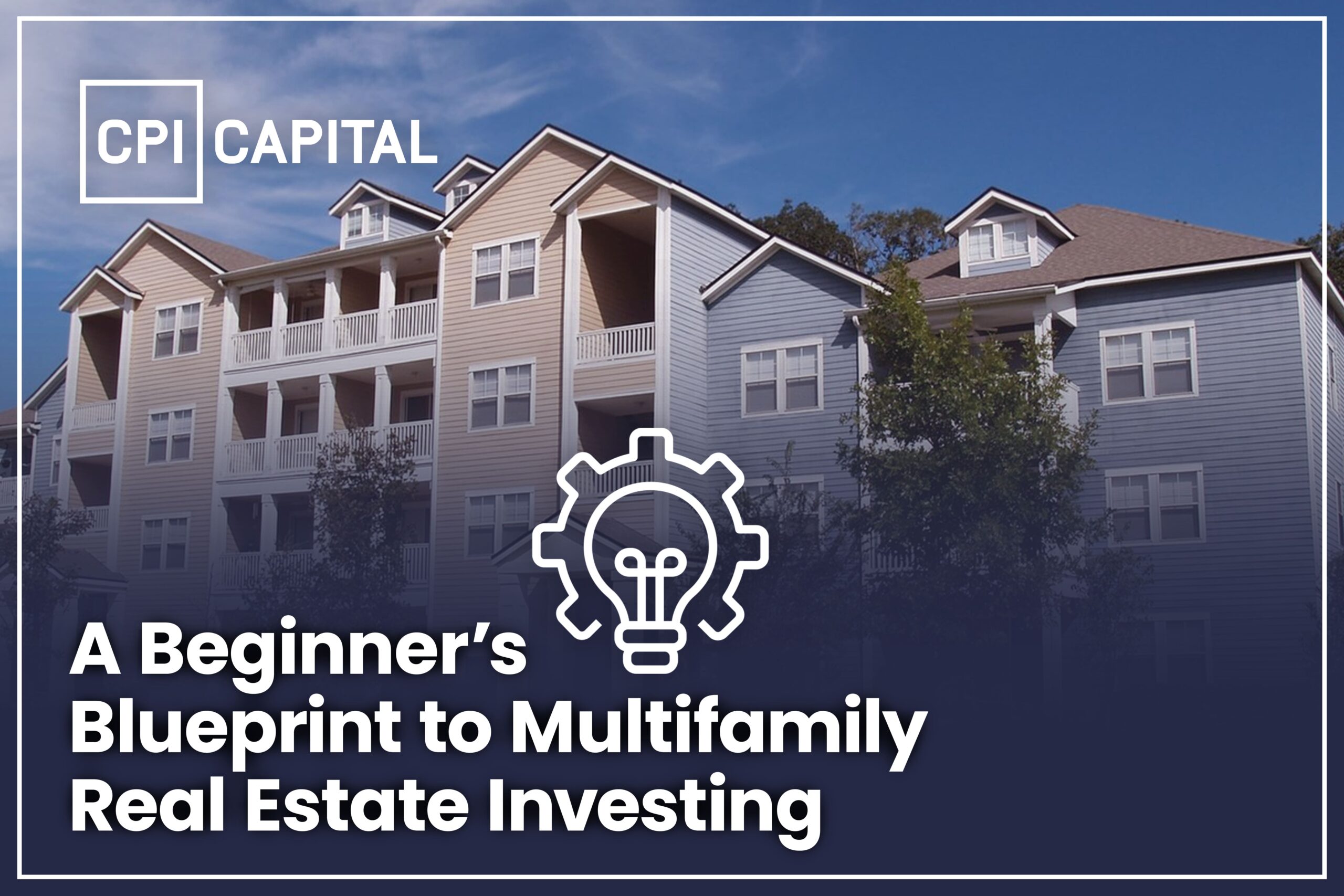
In real estate development it’s consistently hard to find the right balance between all of the factors which need to be addressed during the development cycle.
There are just so many issues to take into account when contemplating, planning and constructing a multi-family apartment development project; some directly controllable, but some extraneous factors not.
Given that one of the key objectives in a strong real estate market is to get a new project to the customers as quickly as possible, without sacrificing quality, then it’s no wonder that many developers appreciate the analogy of being akin to jugglers: keeping as many “balls up in the air” as possible!
What are some of the key issues developers must juggle?
High, sustained demand for multi-family apartments
In theory, this is a developer’s dream: high, sustained demand for the multi-family units being built.
What’s more, even though more and more developers are rushing to start construction on new multi-family apartments, such demand seems likely to stay strong over the medium- to long-term.
Apart from the well-known demand drivers such as affordability issues, increasing numbers of retirees, changes in attitudes to housing from millennials, 2022 is likely to see an impact from growth demand due to international migration which has effectively been mothballed for two years.
Add in solid economic growth, a more mobile and tighter labour market, as well as investors continuing to fund new developments, then high demand for multi-family seems to be here to stay.
So, what’s the problem? Well, there are some…
Quality, construction deadlines and timing to market
Basic economics says that high, sustained demand puts pressure on production. In turn, pressure on production has an impact on quality—unless more resources are applied to increase production.
Figures show that renters signed new leases for some 200,000 apartments in 2021, a very solid year compared to the take-up in the years before the pandemic. Developers also delivered more than 386,000 apartment units last year, only just on 5% fewer units than in 2020. However, 2022 is forecast to see more than 600,000 multi-family units delivered although, in reality, attaining such a figure may prove unlikely.
So, can deadlines be met? Can build quality be maintained?
Only if more labour is utilised and appropriate quantities of construction materials are being provided. But increased demand for both labour and material will push up costs, especially in already tight market sectors. Yet, if construction deadlines are to be met, and the race to market achieved before demand possibly starts to wane after the next 2-3 years (if indeed it
does?), the developer has little choice but to engage such additional resources, which leads to…
Cost overruns
Construction cost increases and delays in obtaining building materials can materially affect development plans for any multi-family project.
In fact, in some ways, the biggest challenges for developers are the rising costs of construction and the delays that add even more extra costs. Everything becomes more expensive and takies longer to obtain, from building materials to more labour to apartment appliances, making it that much more difficult for developments to build within budgets and timelines.
What about certain “external factors” to contend with?
It’s hard (read “impossible”) for most real estate developers to certain control “macro issues” such as policy decisions at a national level relating to changes in interest rates–but they have to constantly be aware of, monitor and plan for such events.
As we mentioned last time, ever since interest rates dropped to record lows and the FED started buying huge quantities of bonds, a day when such buying had to stop and interest rates started to rise again would always arrive: thereby affecting the cost of borrowing. A prudent developer will probably have hedged or made plans to mitigate any interest rate increases, but borrowing costs have to be carefully watched.
Geopolitical risk is even harder to mitigate (think Russia/Ukraine tensions). Yet, barring serious escalation and/or the emergence of another “Black Swan” event such as the recent pandemic, in view of factors we’ve discussed over the last month or so, demand for multi-family may not be unduly affected by such type of risk.
Detailed analysis of the multi-family market by our teams at CPI Capital indicates that occupancy rates are likely to remain strong and apartment rents will continue to rise.
Yet, we fully understand and have great experience with, the dynamics of real estate development and know it’s all a question of juggling priorities.
The major questions for developers is not about whether interest rates will rise, or demand will be sustained and there will be enough renters to occupy their proposed buildings, but whether labour and construction materials shortages will cause delays and the associated increases affect their budgets and profit margins!
Yours sincerely,
August Biniaz
CSO, COO, Co-Founder CPI Capital

Ready to build true wealth for your family?
It all starts with passive income. Apply to join the CPI Capital Investor Club.
Search
Recommended

The Sunk Cost Fallacy In Active Real Estate Investing: Embracing The Power of Multifamily Syndications
Dear valued existing investors and future investors, Welcome to this week's CPI Capital's news...

Key Metrics Every Multifamily Investor Needs to Know
Dear valued existing investors and future investors, Welcome once again to this week’s CPI...

A Beginner’s Blueprint to Multifamily Real Estate Investing
Dear valued existing investors and future investors, Welcome once again to this week’s CPI...


